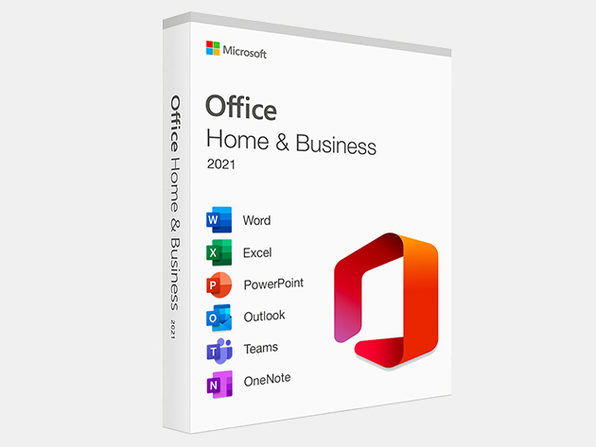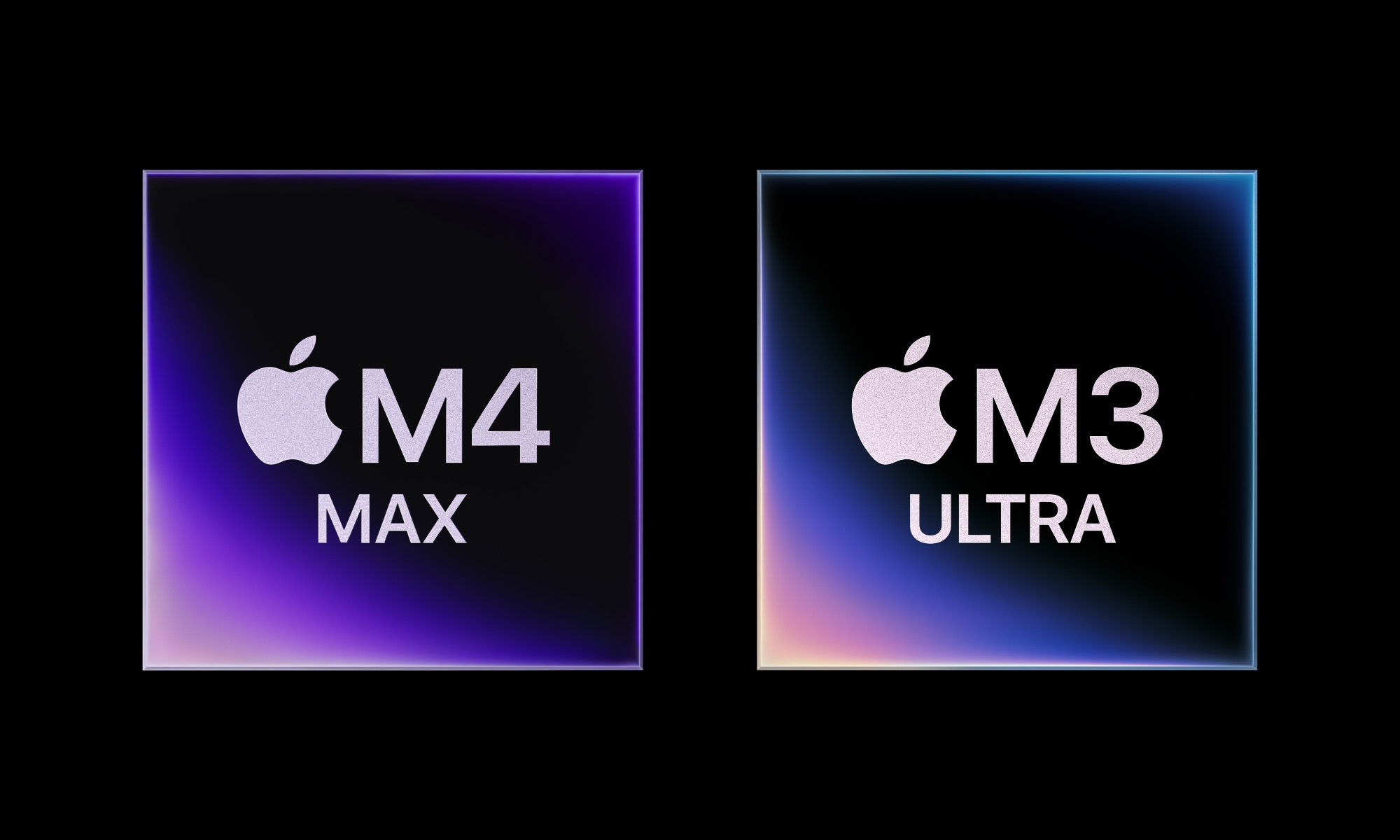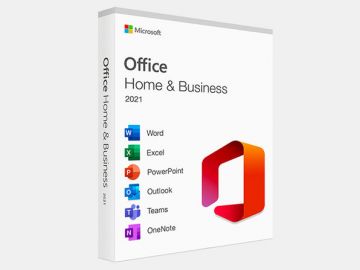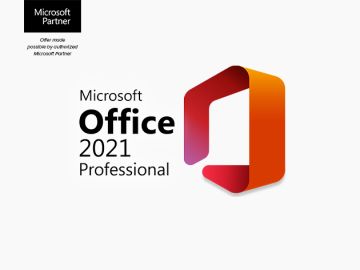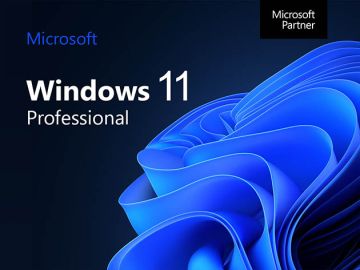Is Apple’s New Mac Studio the Answer to Gaming on Mac?
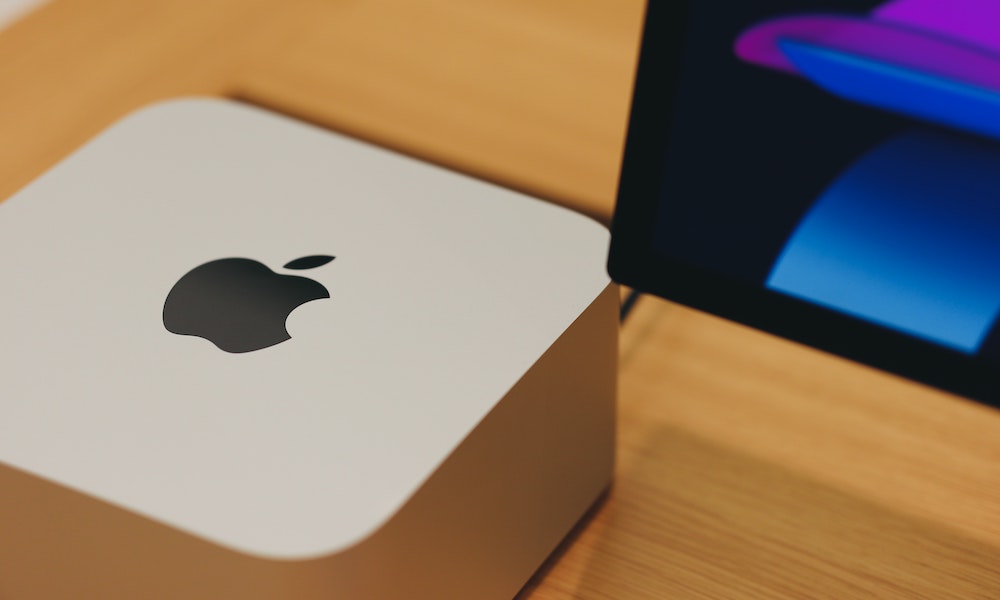 Peng Original / Unsplash
Peng Original / Unsplash
Toggle Dark Mode
There’s no question that the Mac is a powerful tool for creativity, development, and productivity. However, when it comes to gaming, it’s more of a punchline than a reality.
It isn’t that it lacks processing power, accessory support, or consumer demand — it simply hasn’t had the market share or developer interest that Windows has commanded for decades.
Ironically, Apple is a giant in mobile gaming. The iPhone and iPad are among the most successful gaming platforms in history — thanks largely to the App Store. Millions of users game on iOS daily, and developers have long embraced the ecosystem, but that same momentum has never translated to macOS.
Apple’s Historical Stance on Gaming

Gaming was never really in the cards for Apple. The company once saw video games as childish— something that would make the Mac feel more like a toy than a serious tool.
Steve Jobs, Apple’s co-founder, admitted this in a 2002 interview with TIME:
“Simply put, games are fun and lots of people want to have fun with their Macs. When I returned to Apple a few years ago, games were viewed as something which would paint the Mac as a less-than-serious business tool, so game development was discouraged. We feel quite differently, and actively try to nurture our game developers.”
Steve Jobs
Even with that shift in attitude, Apple never fully embraced gaming on the Mac. The company dabbled with games like Chess, which shipped on every Mac, and Texas Hold’em, a well-reviewed App Store release for iPhone and iPad. Even the iPod had a handful of games. However, these efforts were limited and didn’t lead to a broader Mac gaming ecosystem.
Apple Arcade: A Step, Not a Leap

In 2019, Apple launched Apple Arcade, a subscription service offering high-quality mobile games without ads or in-app purchases. While many titles have been ported to macOS, the service remains mobile-first.
Apple Arcade has helped reshape mobile gaming — but it hasn’t solved Apple’s Mac gaming problem. Titles tend to skew casual or indie, and AAA experiences are rare. For many users, Arcade feels more like a perk included with their Apple subscription, not a true gaming platform.
Enter Mac Studio with M4 Max and M3 Ultra
The new Mac Studio is Apple’s most powerful desktop yet, available in two high-end configurations. The M4 Max can be configured with a 16-core CPU, 40-core GPU, up to 128 GB of unified memory, and up to 8 TB of storage. The M3 Ultra pushes even further: up to a 32-core CPU, 80-core GPU, a staggering 512 GB of memory, and 16 TB of storage.
Combined with hardware-accelerated ray tracing, advanced Neural Engines, and next-gen media capabilities, these machines finally rival high-end gaming PCs. I’ve tested a personal M4 Max Studio with 48GB of memory — and the results have been impressive.
Real-World Gaming: My Experience
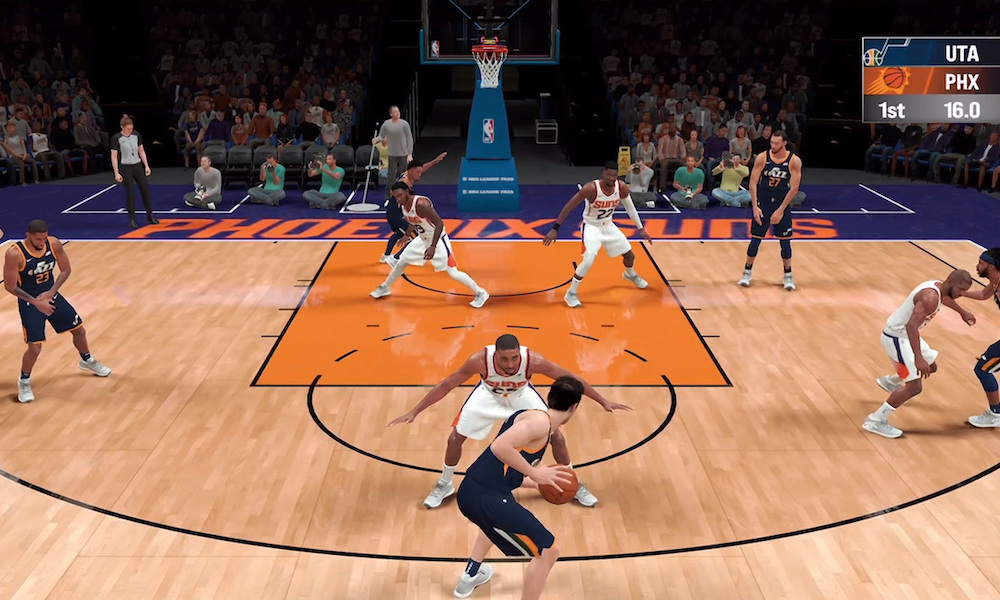
I’ve run demanding titles on this machine, including:
- Assassin’s Creed: Shadows – Buy on App Store
- RoboCop: Rogue City – Buy on App Store
- Palworld – Buy on App Store
- Minecraft (Java, modded) – Buy from Minecraft
- Disney Dreamlight Valley – Available on Apple Arcade or for purchase on the App Store
- Hot Lava – Available on Apple Arcade
- NBA 2K25 – Available on Apple Arcade
- GRID Legends – Buy on App Store
- Hogwarts Legacy (via Whisky + Game Porting Toolkit 2) – Available on Steam for Windows
All ran beautifully on max settings, with little to no fan noise, virtually no lag, and zero thermal throttling.
Windows Games Made Easy
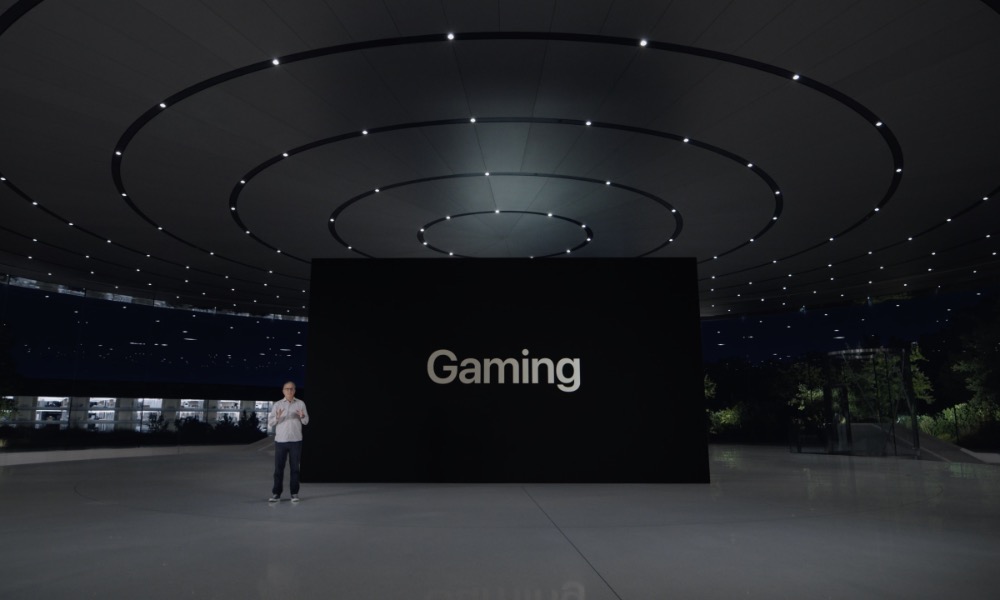
Apple’s Game Porting Toolkit 2 (GPTK 2) let me test Windows-only titles like Genshin Impact and Hogwarts Legacy. It translates DirectX 12 into Metal in real time and is designed to help developers bring their games to Mac. Tools like Whisky make it easier for even non-developers to play unsupported titles.
While it’s not a substitute for native ports, GPTK 2 is the best solution Apple’s offered so far — and it shows they’re finally paying attention.
So, What’s Still Holding Mac Gaming Back?
Despite this progress, Apple’s gaming gap hasn’t closed entirely. Many AAA titles with anti-cheat systems — like Fortnite — still won’t run on macOS. Developers see the Mac as a niche platform, and a fully-specced Mac Studio is expensive — especially considering the limited selection of games.
Meanwhile, Windows dominates platforms like Steam. For the same price, a gaming PC offers wider compatibility, more upgrade options, and better community support.
Final Verdict
The Mac Studio proves Apple can build a machine capable of serious gaming. The hardware is there. GPTK 2 provides a solid bridge. Now it’s up to developers — and Apple — to take the next step.
So is the Mac Studio the answer to gaming on Mac? Not quite. But it’s the closest we’ve ever been.

